Mental Health Hotline Articles

How to Build Personal Boundaries
What are Personal Boundaries? Personal boundaries are the emotional, mental and physical limits we set to protect our well-being and
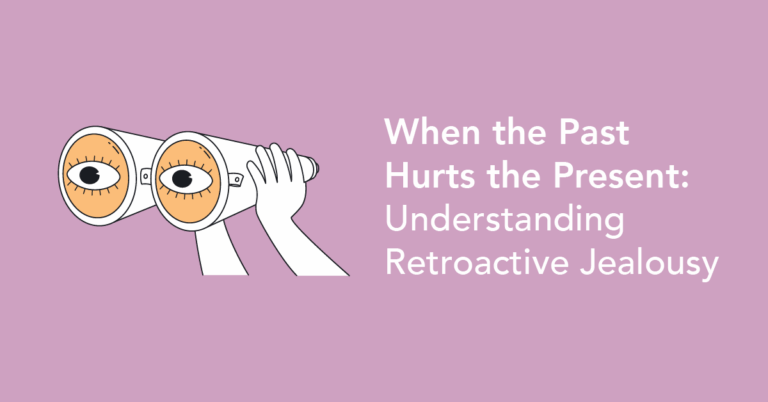
When the Past Hurts the Present: Understanding Retroactive Jealousy
What is Retroactive Jealousy? Retroactive jealousy is an obsessive, anxious fixation on a partner’s past relationships, often fueled by insecurity,
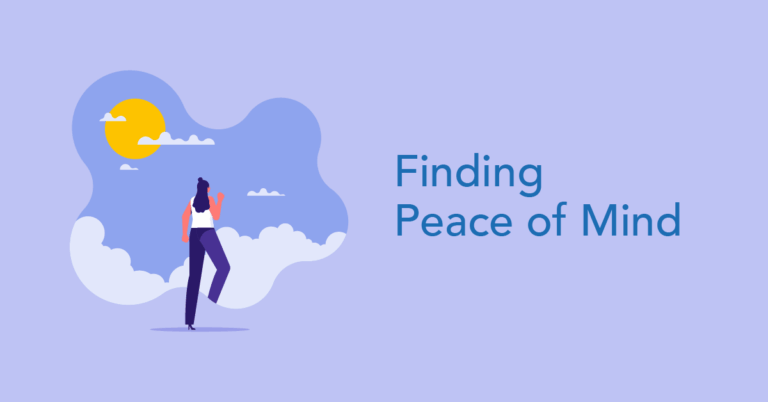
Finding Peace of Mind
Finding peace of mind means achieving a sense of inner calm, emotional stability and contentment — even when life feels
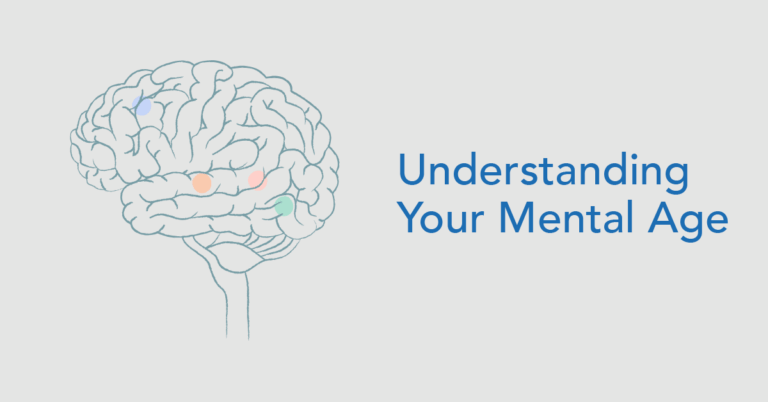
Understanding your Mental Age
Mental age refers to the emotional and cognitive maturity level at which a person thinks, feels and processes experiences, which
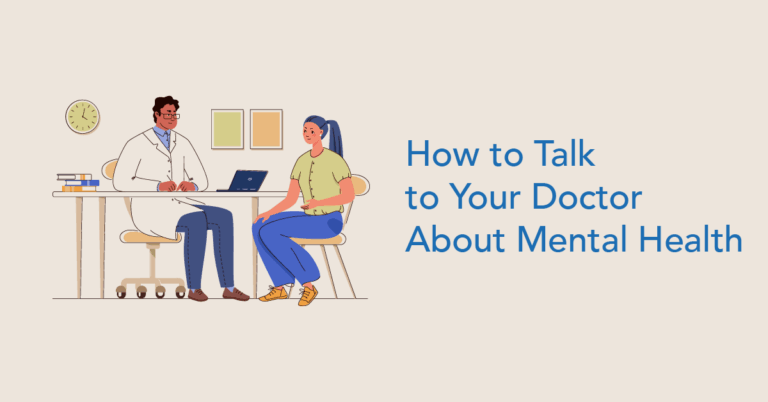
How to Talk to Your Doctor About Mental Health
Talking to your doctor about mental health means sharing your emotional and psychological concerns openly so they can help you
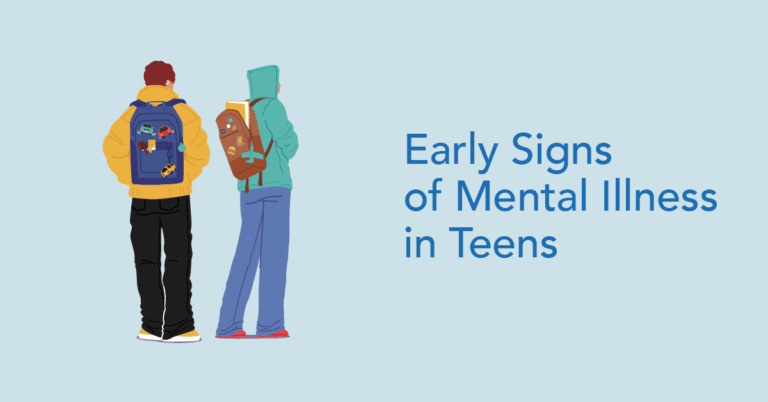
Early Signs of Mental Illness in Teens
Early signs of mental illness in teens can include changes in mood, behavior, sleep, school performance and social engagement that

Borderline Personality Disorder: Signs, Symptoms, and Help
Borderline personality disorder is a mental health condition marked by intense emotional instability, difficulty with relationships, impulsive behavior and a

Shopping Addiction: When Retail Therapy Takes Over
Recognize the signs and symptoms of shopping addiction and who’s at risk of developing this disorder. Check out treatments, from
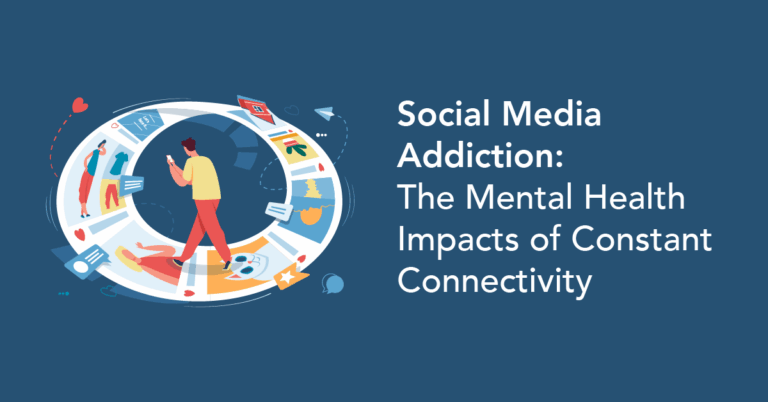
Social Media Addiction: The Mental Health Impacts of Constant Connectivity
Social media addiction is a behavioral dependency marked by excessive and compulsive use of social platforms that interferes with mental